Have you heard of pa thong ko? It’s a golden-brown chewy snack with a rough texture on the outside but soft on the inside - very much resembling doughnuts, except for the shape.
Pa thong ko has an odd shape, particularly a strip that sometimes looks like a chromosome. It always comes in twos, like a pair of twins, with the body attached in the middle.
Among the Chinese community, pa thong ko is better known as you tiao or you char kway. In the Malay community, it is known as pak tongko or cakoi. However, in my Mamak community, we have always called it pa thong ko or pa tang koi.
One of the earliest pa thong ko traders in Penang was Mami Johara, a distant relative of mine. She had been selling the snack around Hutton Lane since the late 1950s, from her humble pushcart.
Mami Johara usually prepared her dough at home before bringing it in a tub on her cart to her preferred location. She’d mix bicarbonate ammonia, tawas powder and dry yeast into the flour dough. And just before frying the dough in boiling oil, she would sprinkle it with baking powder.
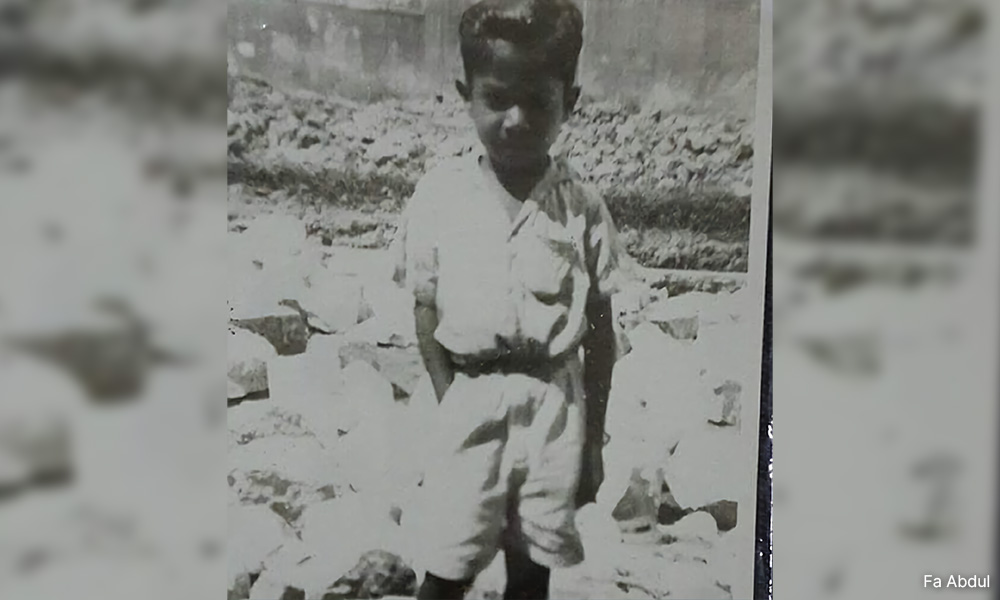
Mami Johara’s business did very well in Hutton Lane. Her customers were mainly (if not all) Chinese people who have always been a big fan of the snack.
The first pa thong ko in Jelutong
In the early 1970s, Mami Johara moved to Kampung Kota Giam in Jelutong, Penang, and so did her business. At the time, she became the only pa thong ko trader in the area.
Unfortunately, her business at Kampung Kota Giam was not as good as her business at Hutton Lane. Chinese folk who loved pa thong ko did not live in the area back then – the residents consisted mainly of Malays and a handful of Mamaks and Indians.
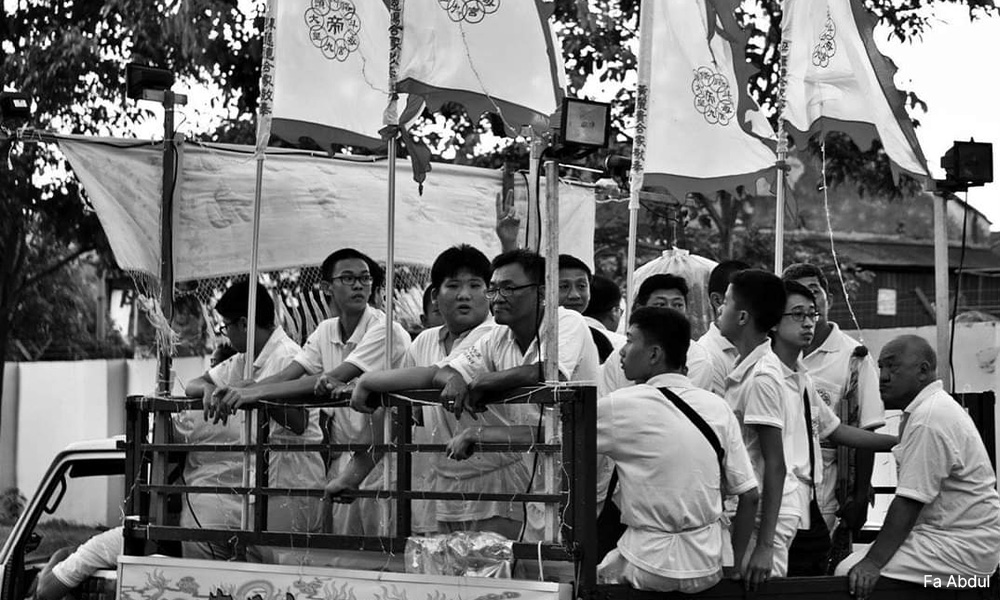
The non-Chinese in Kampung Kota Giam did not know much about pa thong ko. They preferred other snacks of the Malay varieties such as cekodok, ketayap, cucur badak and karipap.
As business turned from bad to worse, many of Mami Johara’s family members and friends recommended that she make a switch in her product. Instead of pa thong ko, they urged her to sell snacks fancied by the Malays.
However, Mami Johara, who was well-known to be a stubborn woman, rejected all the suggestions. She believed in her pa thong ko and knew there would come a time when people of all races would start loving the snack.
Mami Johara’s landlord
One of the earliest residents of Kampung Kota Giam was Vollavoo Samy. He sailed from Thoothukudi district in South India and arrived in Penang around the 1920s.
It is unknown how Vollavoo made his wealth but in the 70s, he owned a big piece of land in Kampung Kota Giam and so he built a big wooden house.
Mami Johara and five other families rented the house, each given their private space to rest and sleep.
Living in a shared house meant having to share everything else – from kitchen facilities to bathroom facilities. Being a good landlord, Vollavoo built several bathrooms and toilets under trees, with zinc walls and open roofs.
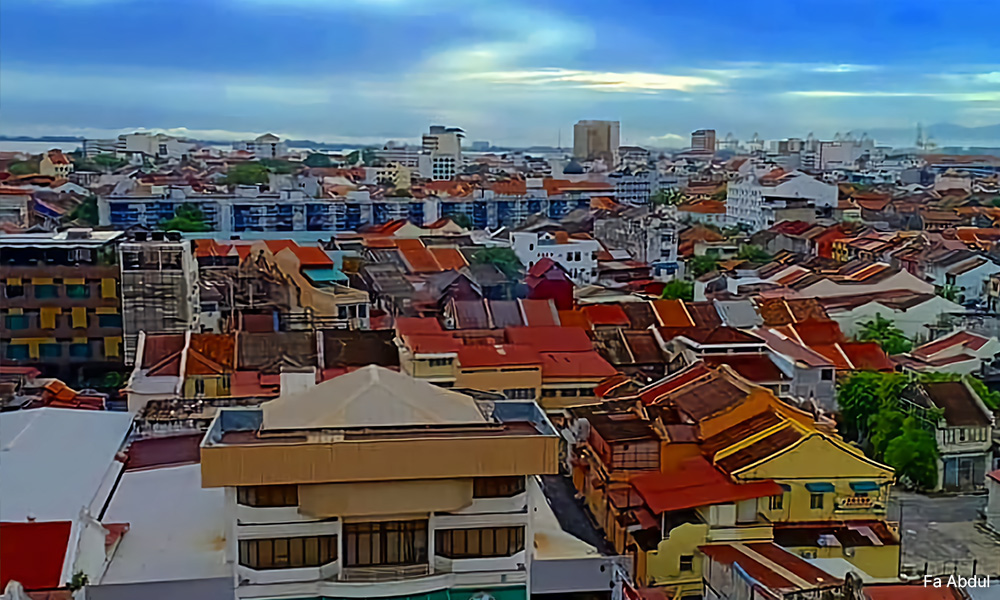
The toilets back then were different from our modern toilets today. They had a raised floor - one had to climb a ladder or stairs to get to the toilet. There was also a hole inside the floor, with a bucket underneath to collect ‘deposits’.
Twice a week, a man in a cowboy hat and a handkerchief tied around his mouth and nose made his way into Kampung Kota Giam. This man, better known as the Lone Ranger, also carried two large wooden barrels and a sweeper on his pushcart. His job was to collect the ‘deposits’, empty the buckets and wash them clean.
Disappearance of the Lone Ranger
People were not so fond of Lone Ranger, but they depended on him very much – after all, no one else could even imagine doing his job.
And so, when he comes over knocking on doors every month to collect his RM5, residents would quickly pay him and send him away.
However, one day in 1975, the Lone Ranger did not show up for work like he religiously did. One week became two and then it was three. ‘Deposits’ by the residents began to overflow and the stench was unbearable.
The village head Yusof Shaikh Meera was forced to hold an emergency meeting where residents were advised to limit their outdoor activities and stay indoors.
And so, children stopped playing outside, wedding feasts and boria recitals had to be postponed. Even many grocery shops and traders selling noodles, popiahs and other snacks ended up closed.
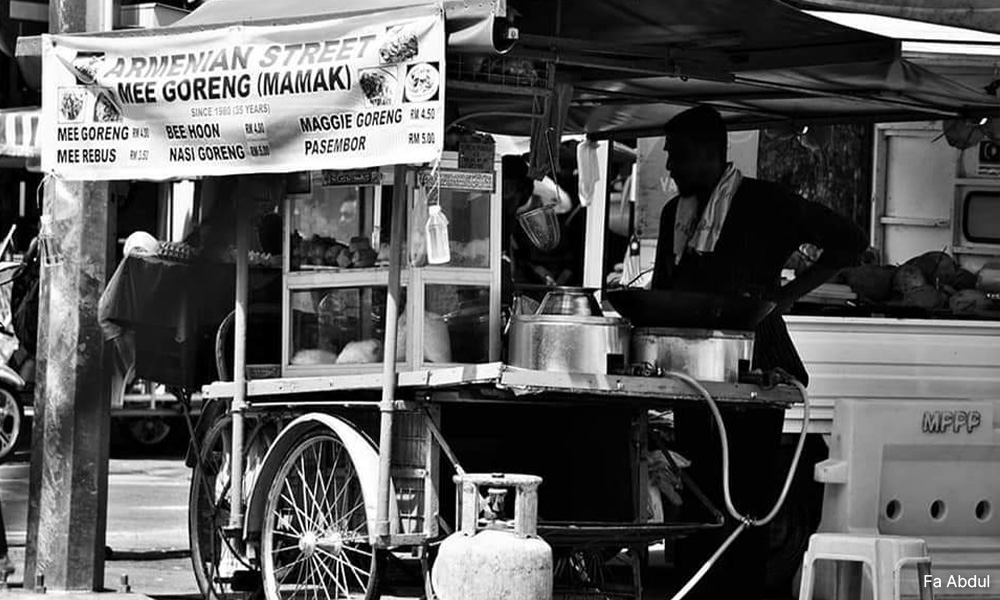
But one big problem remained – the toilets continued to overflow. To deal with this critical situation, the village head came up with a brilliant idea resembling many ideas we hear today from our politicians – reducing rice consumption.
Mami Johara’s business booms
With many shops and stalls being closed, residents in Kampung Kota Giam began searching for alternatives to rice.
Mami Johara took the opportunity to prepare pa thong ko in her shared kitchen at Vollavoo’s and made it available for the residents.
Many people who had never tried pa thong ko began to fall in love with the simple snack. They began exchanging stories from one neighbour to another about Mami Johara’s tasty pa thong ko especially when dipped into a hot cup of kopi o (black coffee).
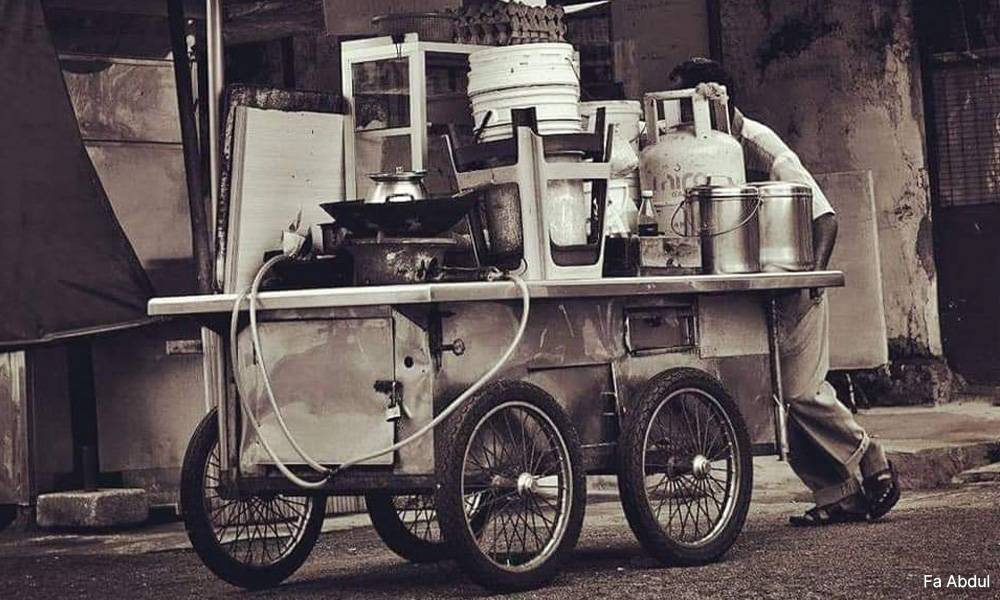
For the next couple of weeks, Mami Johara received orders non-stop from customers all over Kampung Kota Giam, and even those from Kampung Pulau and Sungai Pinang. Business was so good that she even had to hire a helper to knead the dough.
Mami Johara and her pa thong ko were the most famous duo in Jelutong at the time. Everyone loved them, even the Malays who used to shy away from it.
The Lone Ranger returns
Not too long after, the village head managed to track down the Lone Ranger. The poor man was taken ill with typhoid fever and had to take some time off to recuperate. After a lot of persuasion, he agreed to return to work the next week.
Following the Lone Ranger's return, shops, stalls and pushcarts were back in business. However, Mami Johara’s pa thong ko continued to be a favourite among the residents for many years to come.
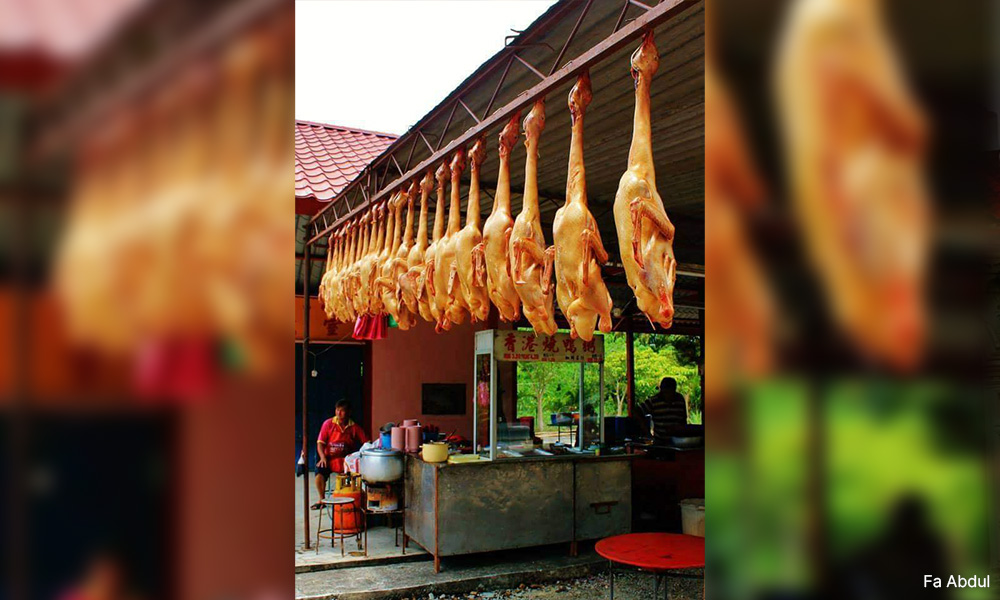
In the late 1980s, Mami Johara fell ill and had to close down her business at Kampung Kota Giam and moved back to Hutton Lane where she passed away a few years later. By then, pa thong ko had become a favourite among many Malay folk.
What was once rejected as not the norm, finally became a norm. All it took was a stinking tragedy to make it happen.
I suppose that is how change occurs. Slowly but surely.
We just need to have faith, persevere and be patient, like Mami Johara. - Mkini
FA ABDUL is a multi-award-winning playwright and director in the local performing arts scene, a published author, television scriptwriter, media trainer, and mother. Her ultimate mission in life is to live out of a small suitcase.
This article was written with the support of Abdul Rahim Kader Sultan, a history teacher from Kampung Kota Giam, Jelutong.
The views expressed here are those of the author/contributor and do not necessarily represent the views of MMKtT.




No comments:
Post a Comment
Note: Only a member of this blog may post a comment.